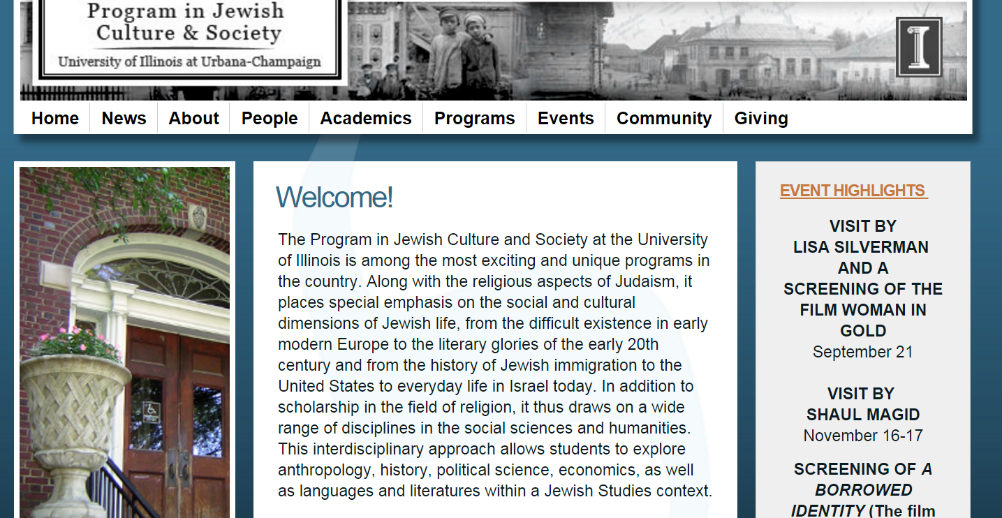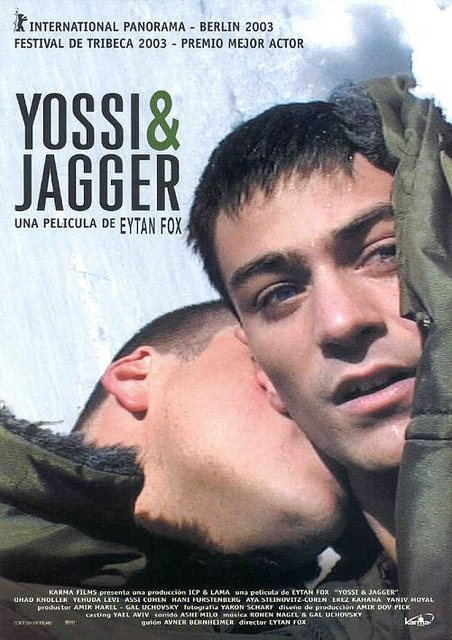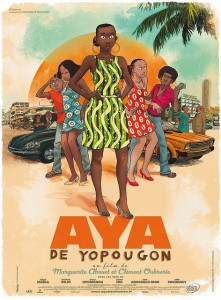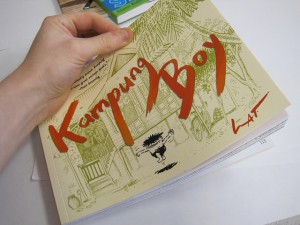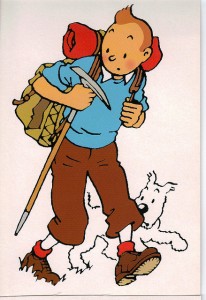The author acknowledges that the pun-intended title originates with Tanya Rawal’s “Saree, Not Sorry.”
Cultural appropriation was in the headlines (again) late this January when Coldplay and Beyoncé released a divisive music video, “Hymn for the Weekend”. The video was set in stereotypical, exotic India complete with peacocks, temples, yogis, Hindu gods, poverty, saris, glittering nose rings, and more. Oh, and of course people throwing around colored powder because if you believe the stereotypes, Holi (the iconic spring festival of colors) is a daily occurrence in India.
What exactly is cultural appropriation? Scholar and philosopher James Young defines it as a phenomenon in which “Members of one culture (I will call them outsiders) take for their own, or for their own use, items produced by a member or members of another culture (call them insiders)”, in his book Cultural Appropriation in the Arts. Importantly, this typically involves a dominant cultural group exploiting the culture of less privileged groups—i.e. when an American pop star wears a bindi and is deemed “fashionable” or “worldly” but experiences less or none of the historical discrimination or systemic oppression associated with being part of a minority group or having origins in much of the Global South. Frequently, there is a thin and fragile line between cultural appropriation and cultural appreciation. Personally, as a Jewish woman who is a South Asian Studies specialist, who also studies Middle Eastern and West African dance, I have regularly had to confront this issue. I have had to ask myself whether it is appropriate to use face paint in an African dance performance, or if I can get away with wearing a beloved salwar kameez (traditional South Asian outfit consisting of pants and a tunic) to work. While I struggle to make respectful decisions, I imagine that sometimes I get it wrong, which is why it has been so important to educate myself on the topic and be receptive to the experiences of and feedback from people with different cultural backgrounds.

The author dressed in a salwar kameez en route to attend an Indian cultural function on the Illinois campus.
Regarding the Coldplay video, there has been plenty of intelligent writing already published on the internet! The Times of India had several articles on the topic; National Public Radio talked about it; The Guardian wrote about it; and even the BBC had a say. One of the most thought-provoking takes I have read is author Kavitha Rajagopalan’s opinion article in The Observer. Rajagopalan takes the cultural appropriation critique a step further by asserting that the more insidious problem of this video is that it presents India as an exclusively Hindu country. In fact, India has an extremely ethnically, culturally, and religiously diverse population that is omitted from the music video’s narrative. However, not everyone was upset by the video. Among many others, a column in The Hindu newspaper gave an alternative viewpoint saying that it “shows healthy appreciation for Indian culture, peppered with the idea of India as seen in the Western world”

A screenshot of a Google search for “Coldplay” with a suggested search of “coldplay cultural appropriation” as the top suggestions.
Coldplay and Beyoncé are not alone in drawing ire from the Indian community And importantly, cultural appropriation is not just a South Asian problem. These artists are merely the newest members of a popular culture club that regularly references minority and traditionally “othered” groups to boost sales, boasting members such as Gwen Stefani, Miley Cyrus, Iggy Azalea, Selena Gomez, Vanessa Hudgens, Madonna, Taylor Swift, Paul Simon, and Katy Perry. A complete list might exhaust you.

An image of Katy Perry dressed as an ancient Egyptian queen, a geisha, and co-opting a popular African-American hairstyle. Image borrowed from Twitter at: http://tinyurl.com/katyperrycatw
Clearly cultural appropriation is a complex and sensitive issue. Here are some library and campus resources that will help you to frame your perspectives on the topic:
- The Office of Inclusion and Intercultural Relations (OIIR): As stated on the OIIR website, this is a great campus resource that “seeks to improve campus climate by providing transformative learning experiences to the Illinois community that result in an appreciation for diversity and cross-cultural engagement”. This office holds workshops and lectures on the topic of cultural appropriation. Follow the OIIR calendar here.
- Orientalism: Discussions of cultural appropriation often refer back to this classic 1978 text written by literary theorist Edward Said. This is not an easy text to read, but it is a must read for understanding colonialism, cultural studies, and many of the humanities’ disciplines.
- Cultural Appropriation and the Arts: “A philosopher undertakes a systematic investigation of the moral and aesthetic issues to which cultural appropriation gives rise. .. Questions considered include: “Can cultural appropriation result in the production of aesthetically successful works of art?” and “Is cultural appropriation in the arts morally objectionable?” (Our library catalog).
- The Ethics of Cultural Appropriation: This book anthology “undertakes a comprehensive and systematic investigation of the moral and aesthetic questions that arise from the practice of cultural appropriation. It explores cultural appropriation in a wide variety of contexts, among them the arts and archaeology, museums, and religion” (Our library catalog).
- Who Owns Culture?: Appropriation and Authenticity in American Law: This e-book “offers the first comprehensive analysis of cultural authorship and appropriation within American law. From indigenous art to Linux, Susan Scafidi takes the reader on a tour of the no-man’s-land between law and culture, pausing to ask what prompts us to offer legal protection to works of literature, but not folklore? What does it mean for a creation to belong to a community, especially a diffuse or fractured one? Can we strike a balance between affiliative ownership and a creative commons? And is our national culture the product of Yankee ingenuity or cultural kleptomania? Providing new insights to communal authorship, cultural appropriation, intellectual property law, and the formation of American culture, this innovative and accessible guide greatly enriches future legal understanding of cultural production” (Our library catalog).
- Modernity at Large: Cultural Dimensions of Globalization: “In this bold look at the cultural effects of a shrinking world, leading cultural theorist Arjun Appadurai provides fresh ways of looking at popular consumption patterns, debates about multiculturalism, and ethnic violence in a broad global perspective” (Our library catalog).
- Soul Thieves: The Appropriation and Misrepresentation of African American Popular Culture: This work “Considers the misappropriation of African American popular culture through various genres, largely Hip Hop, to argue that while such cultural creations have the potential to be healing agents, they are still exploited -often with the complicity of African Americans- for commercial purposes and to maintain white ruling class hegemony” (Our library catalog).
- Selling the Indian: Commercializing & Appropriating American Indian Cultures: “For more than a hundred years, outsiders enamored of the perceived strengths of American Indian cultures have appropriated and distorted elements of them for their own purposes—more often than not ignoring the impact of the process on the Indians themselves. This book contains eight original contributions that consider the selling of American Indian culture and how it affects the Native community. It goes beyond studies of “white shamanism” to focus on commercial ventures, challenging readers to reconsider how Indian cultures have been commercialized in the twentieth century” (Our library catalog).
Here is a bonus non-library resource! If you’re trying to decide whether a fashion choice is cultural appropriation or cultural appreciation, check out this eminently readable and illustrated style guide to help you make a respectful decision. For more posts like these, be sure to follow the International & Area Studies Library’s Facebook page where we publish new posts for Glocal Notes every week of the semester.


